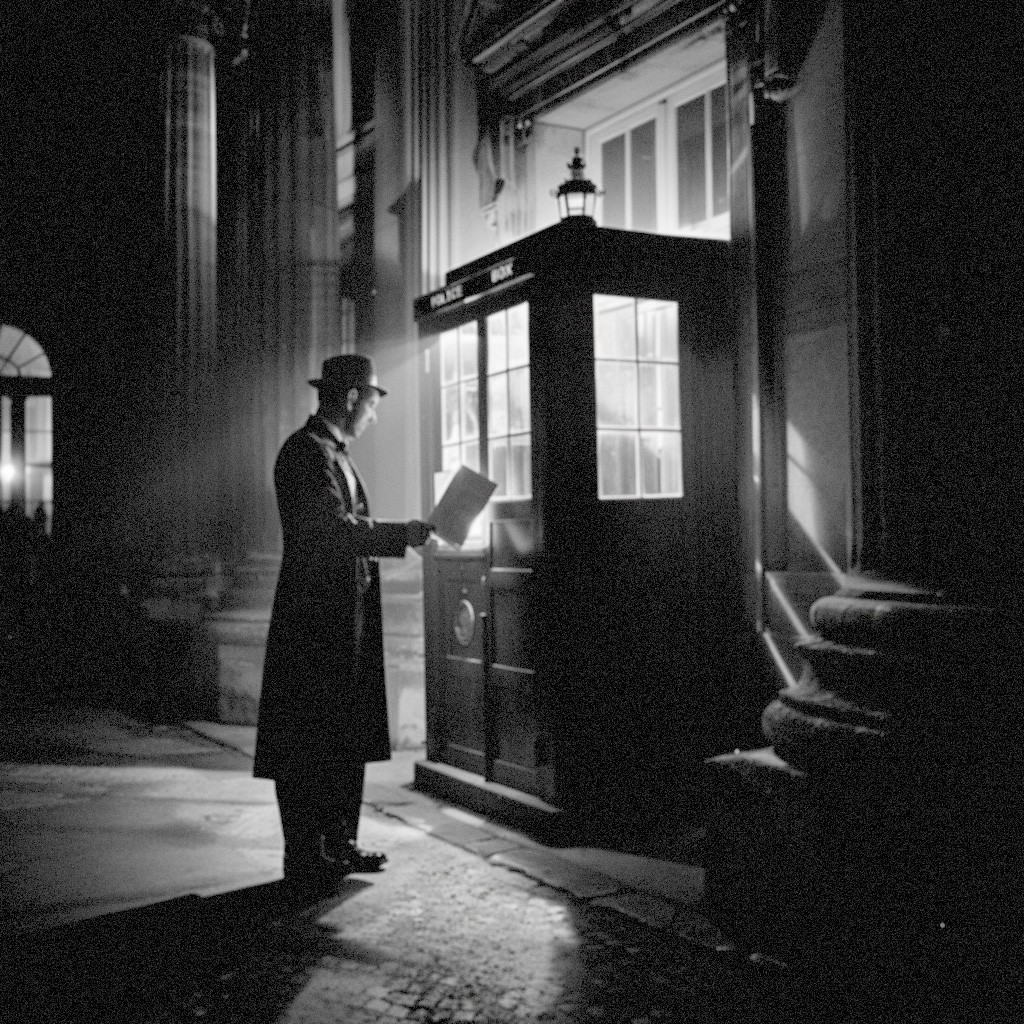
Let's begin with an exercise in fantasy: Imagine you accept the proposal to embark on a time-travel journey aboard the Tardis , which transports you directly to the bustling 1930s. Now, visualize yourself holding an ornate and elegant formal invitation to attend one of the first public demonstrations of a revolutionary entertainment system, designed to fill auditoriums with sounds never heard before. You are now in front of Constitution Hall in Washington DC on the night of April 27, 1933.
As you enter the imposing auditorium, you head to your seat in the Mezzanine. As you walk, the murmurs of the crowd cease, the lights dim to the point where only the silhouettes around you are perceptible, and the expectant silence is broken by an overwhelming sound. An intense spotlight shows a diminutive Stokowski manipulating the controls from a booth at the back of the hall. Over 300 km away, in a rehearsal room in Philadelphia, co-conductor Alexander Smallens directs a small orchestra of musicians. In the Washington venue, the sound is reproduced “live” by a single-ended vacuum tube amplifier with a staggering 4 Watts of power across 3 channels connected to a set of 3 large horn speakers strategically placed on the stage, a system recently developed in the laboratories of Western Electric. “ The climaxes were overwhelming for the audience… ” Described a New York Times reporter present, unable to contain his enthusiasm.
Dr. Stokowski, master of these invisible sounds, carefully adjusted the switches, orchestrating an auditory spectacle that made the far away orchestra sound like an army of musicians, multiplying it in power and emotion.
Read the remaining of this article: A Journey through time: The sound revolution at the Constitution Hall in 1933
Last edited:






